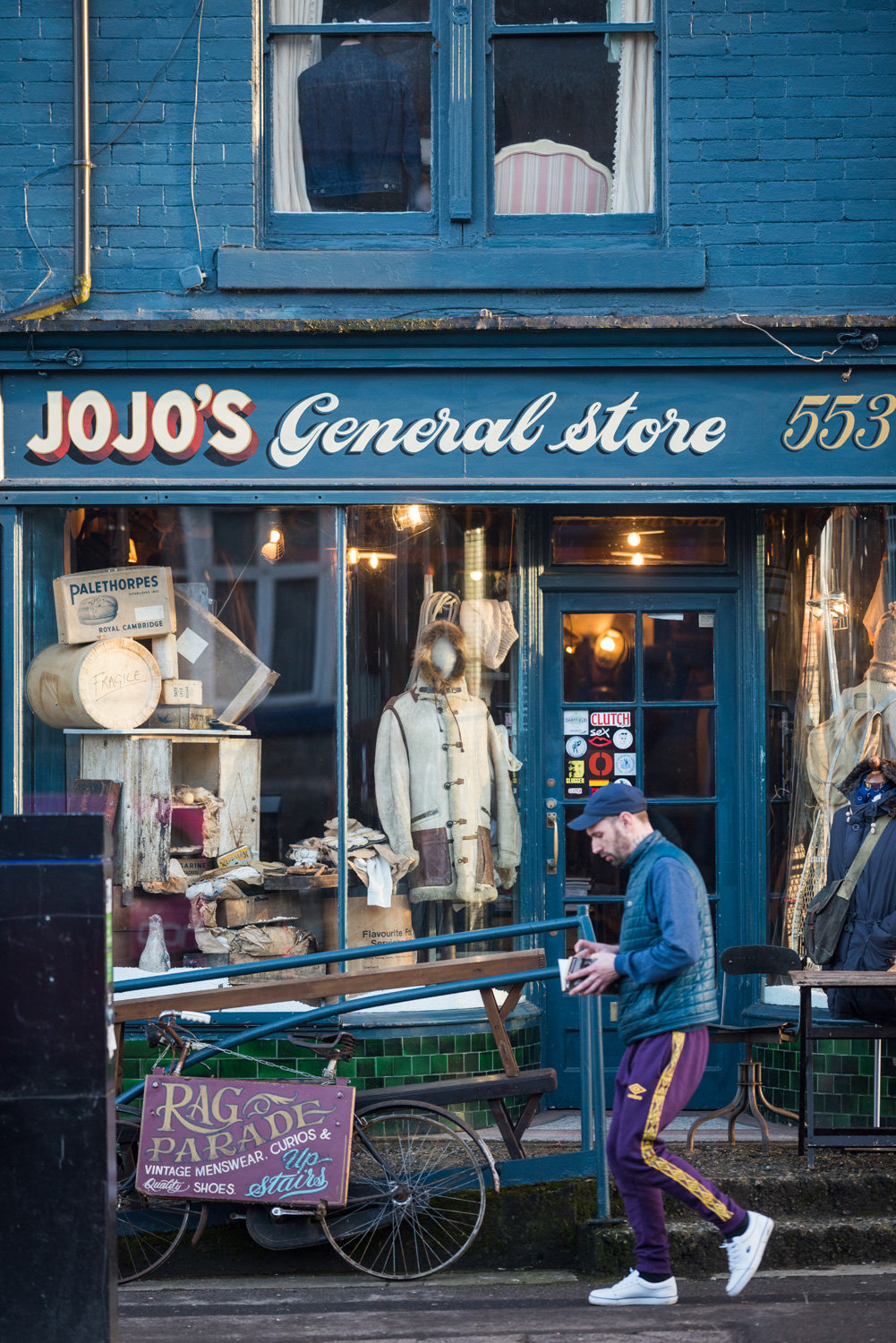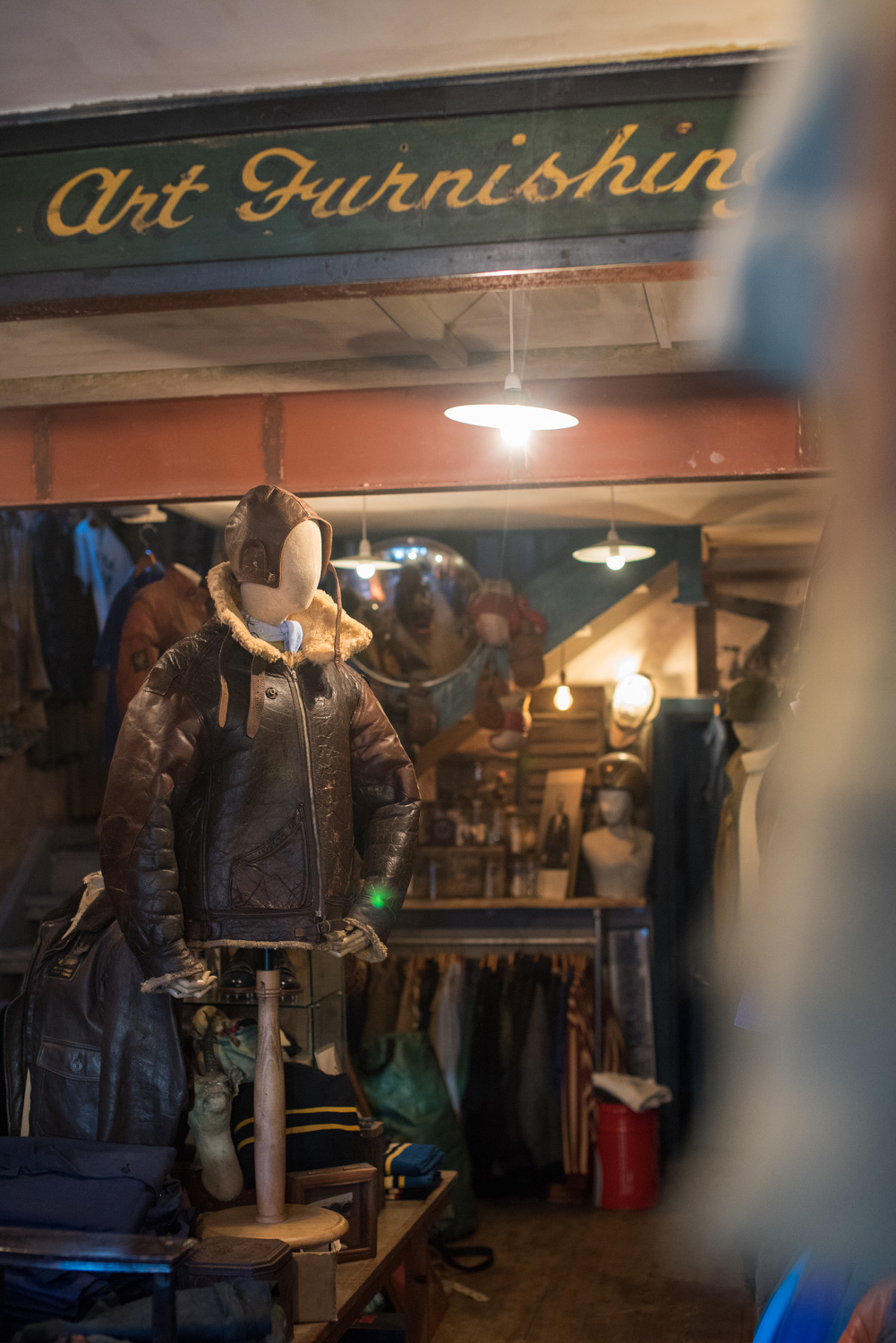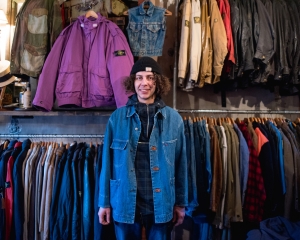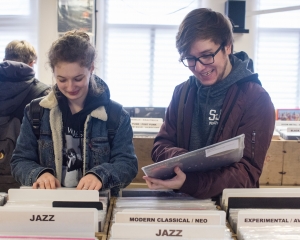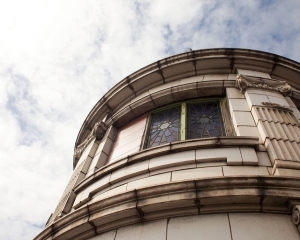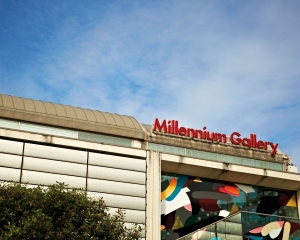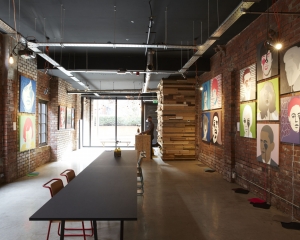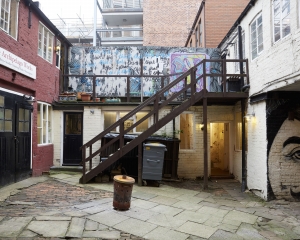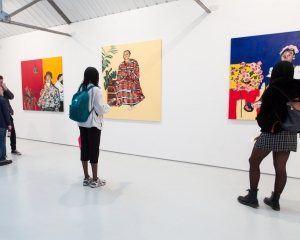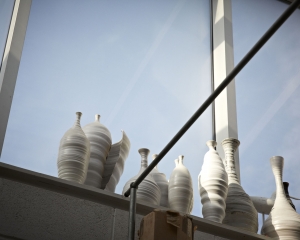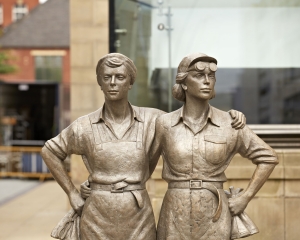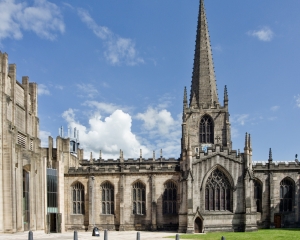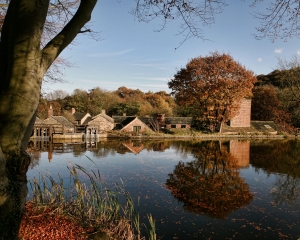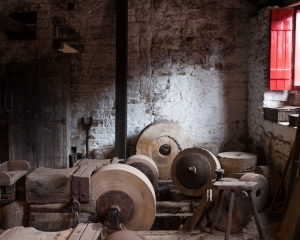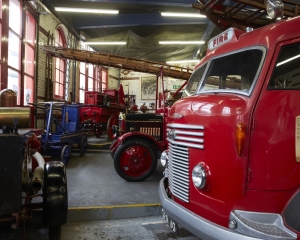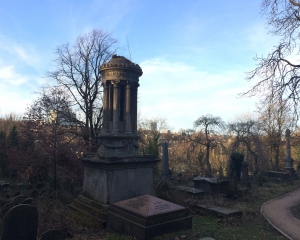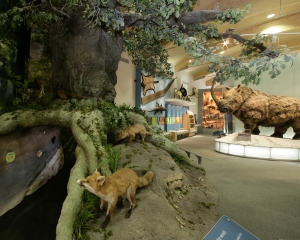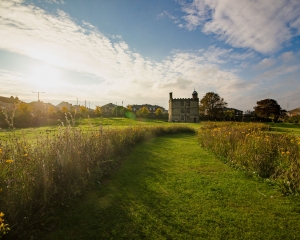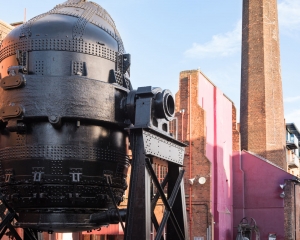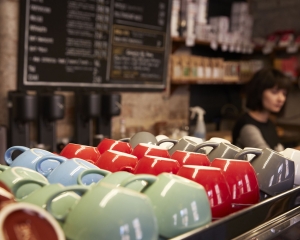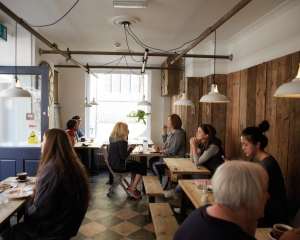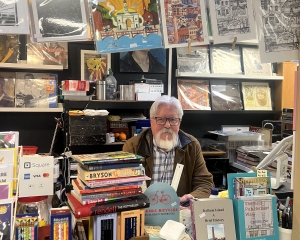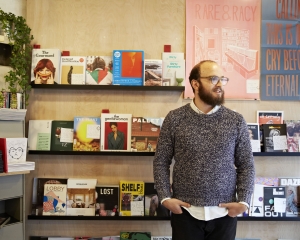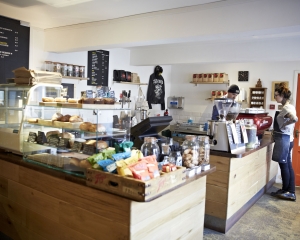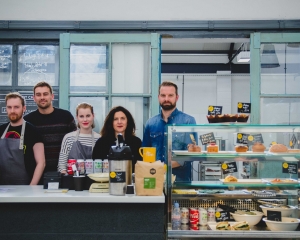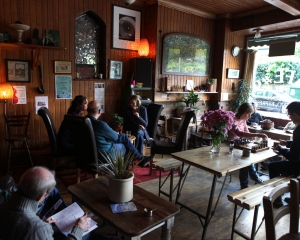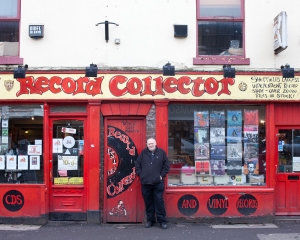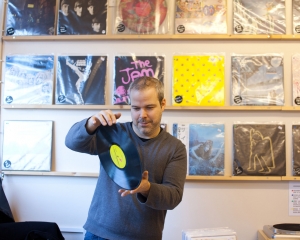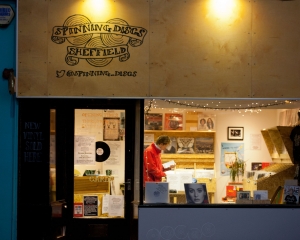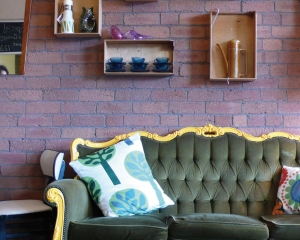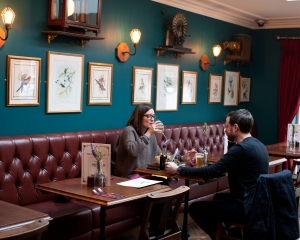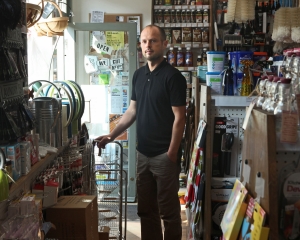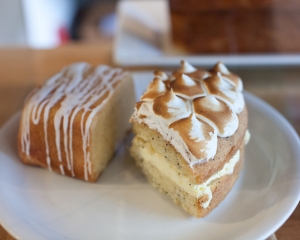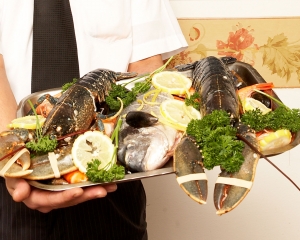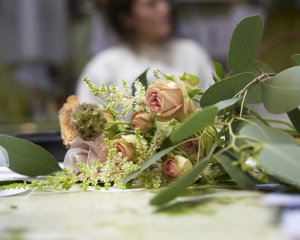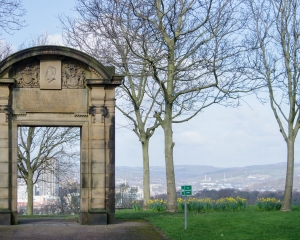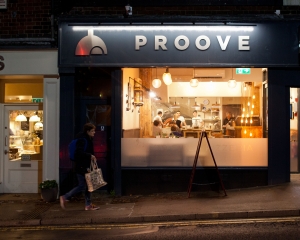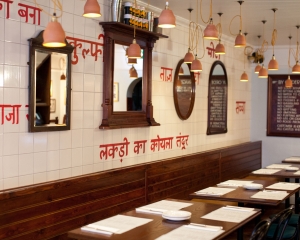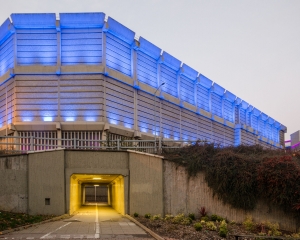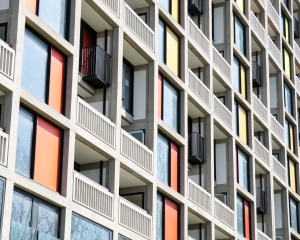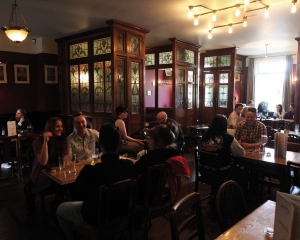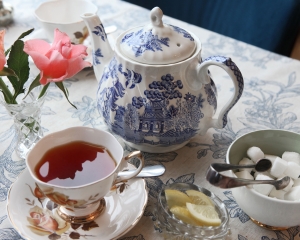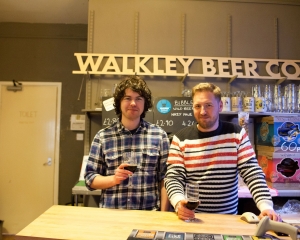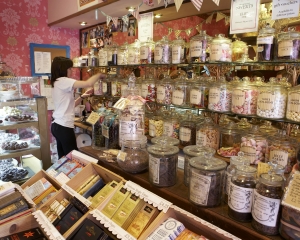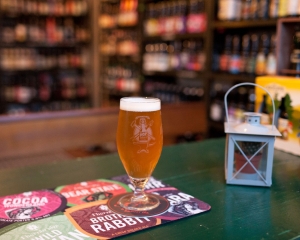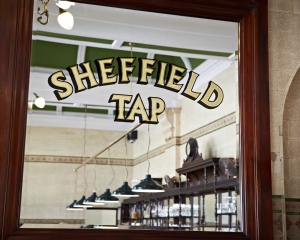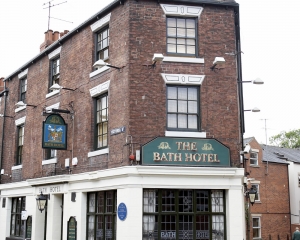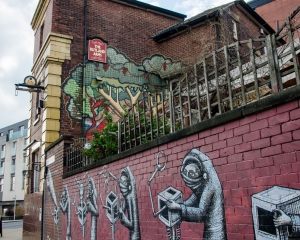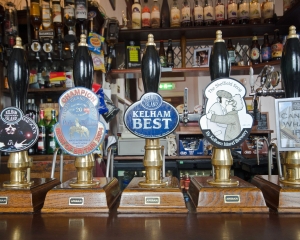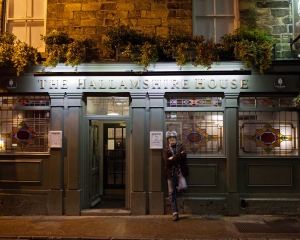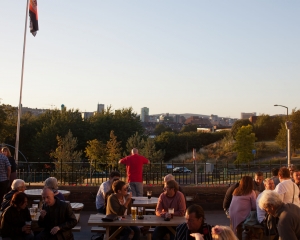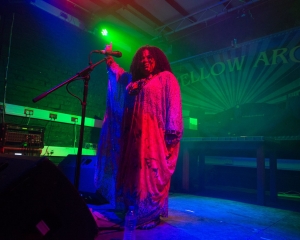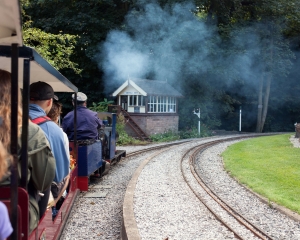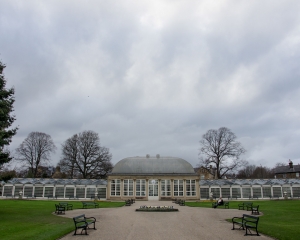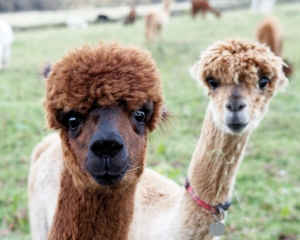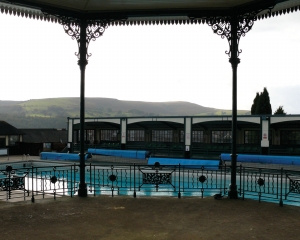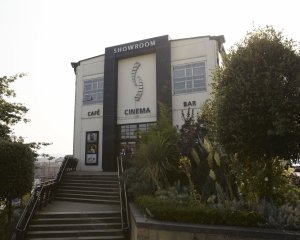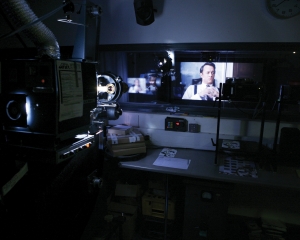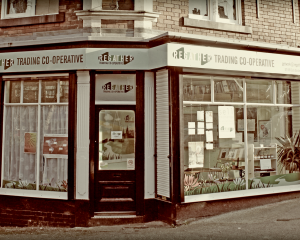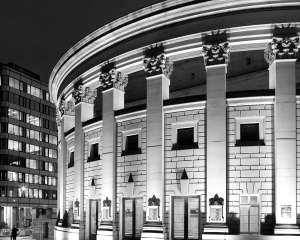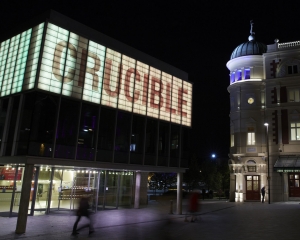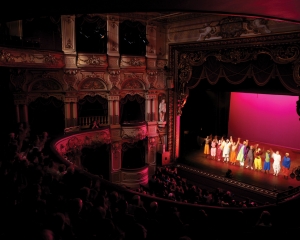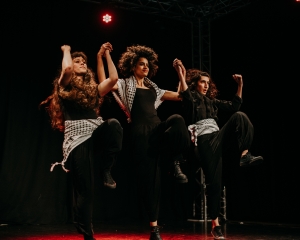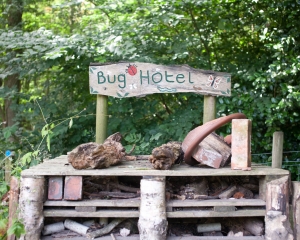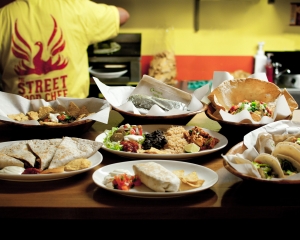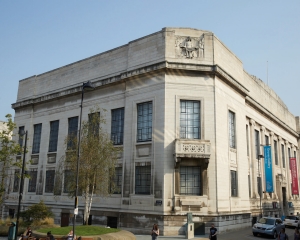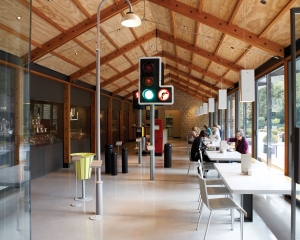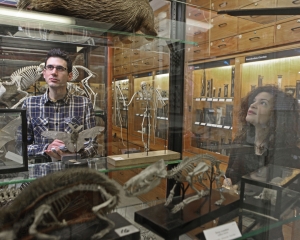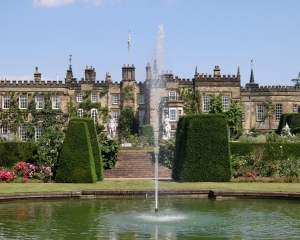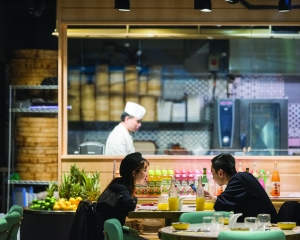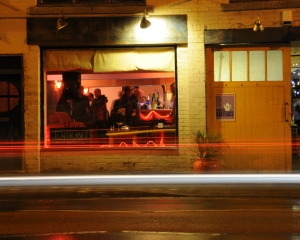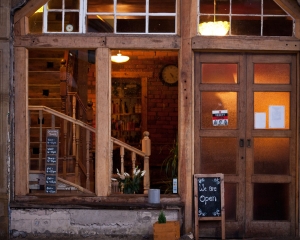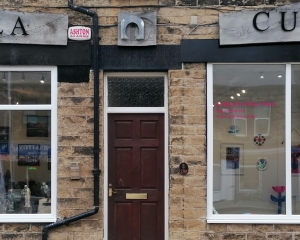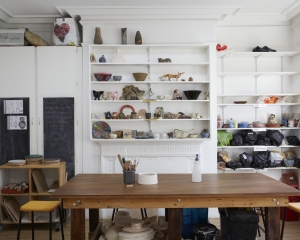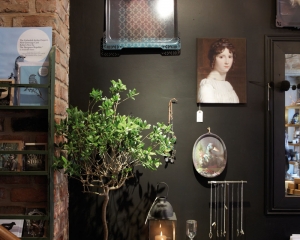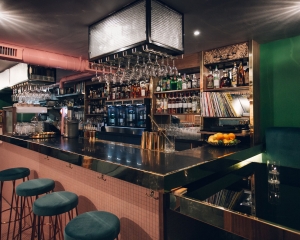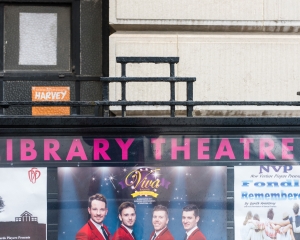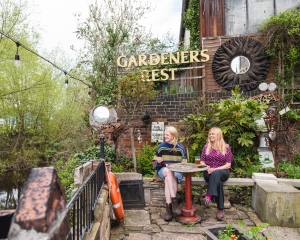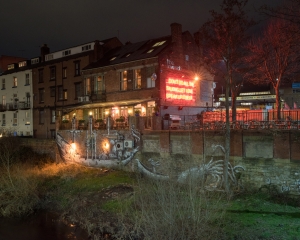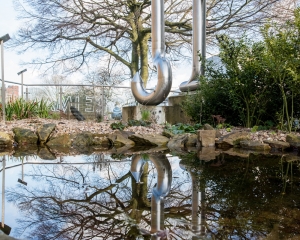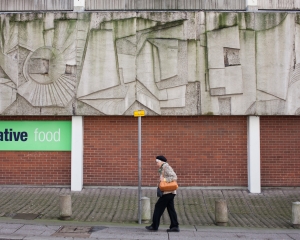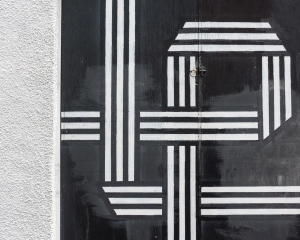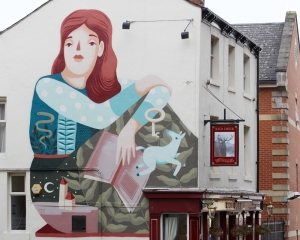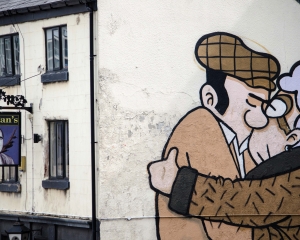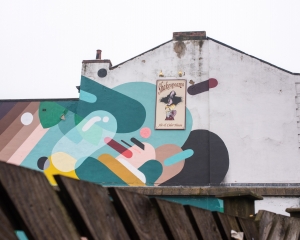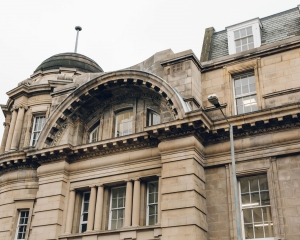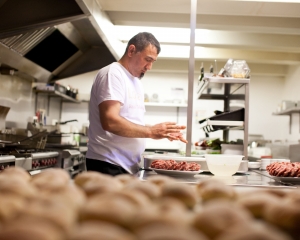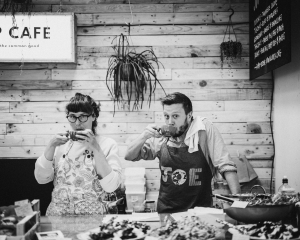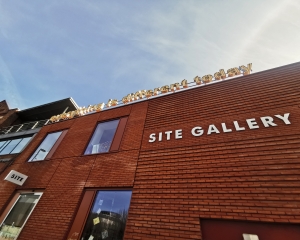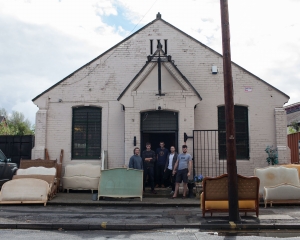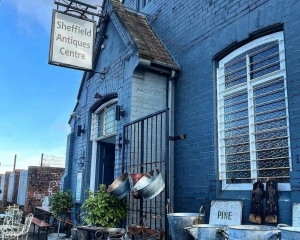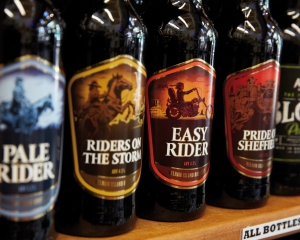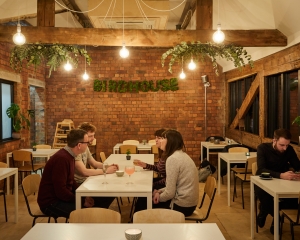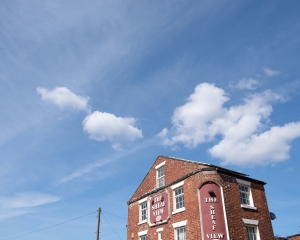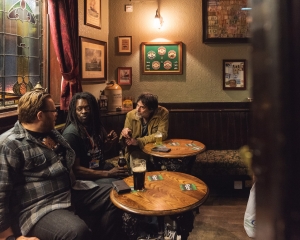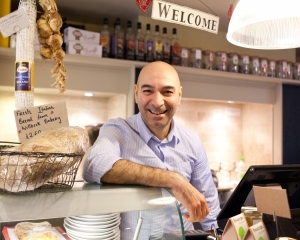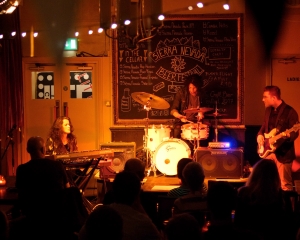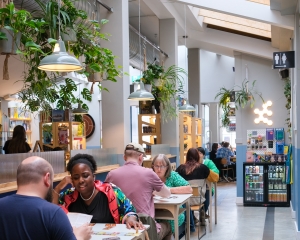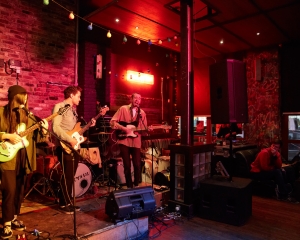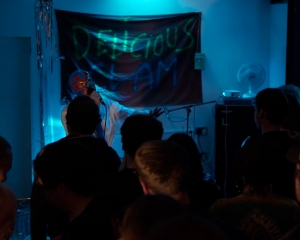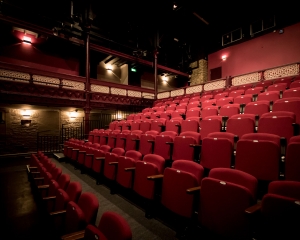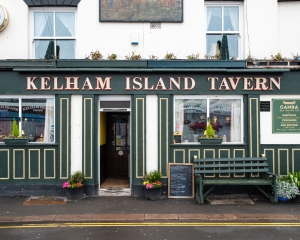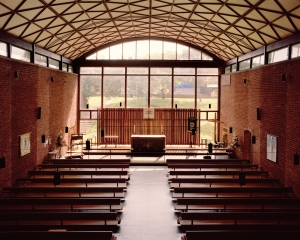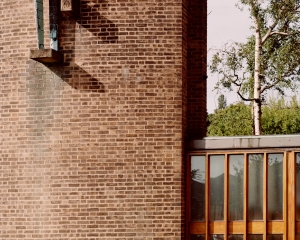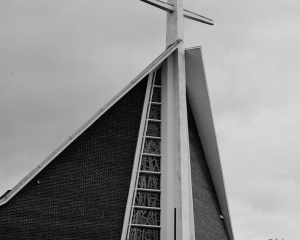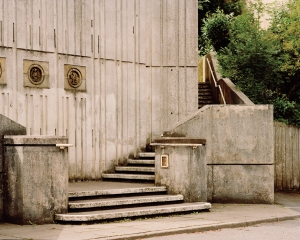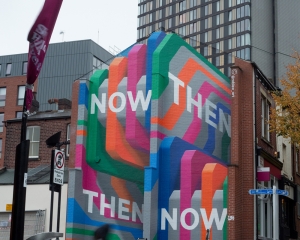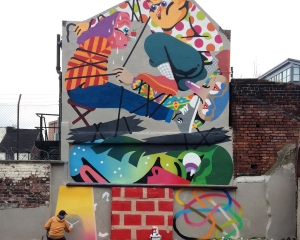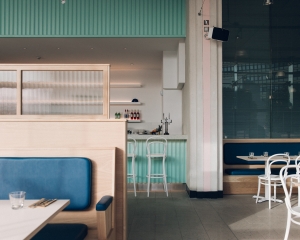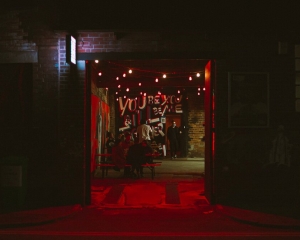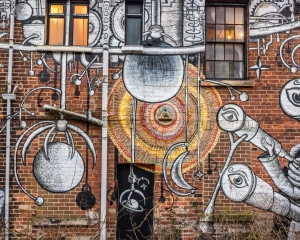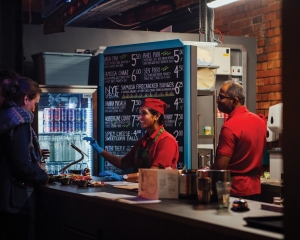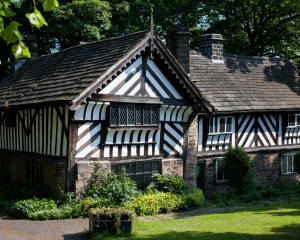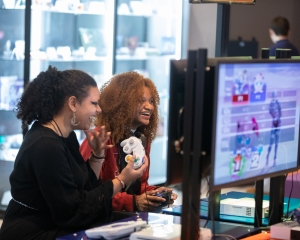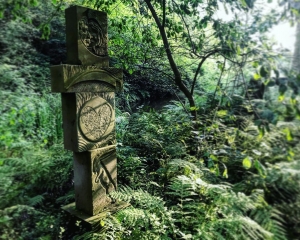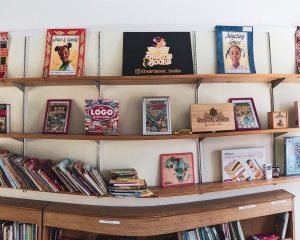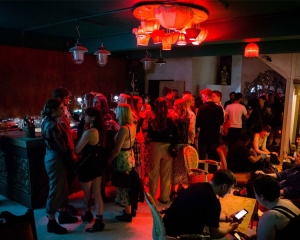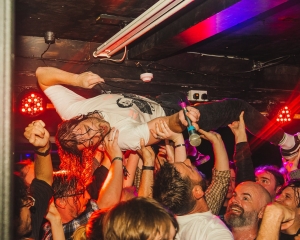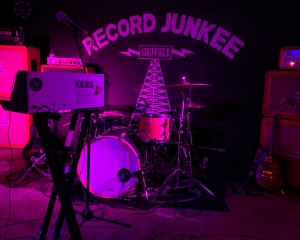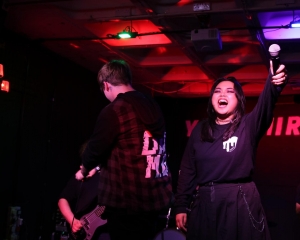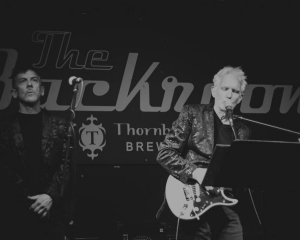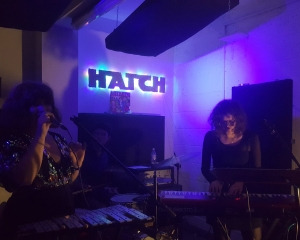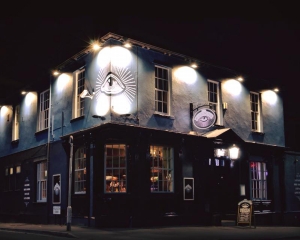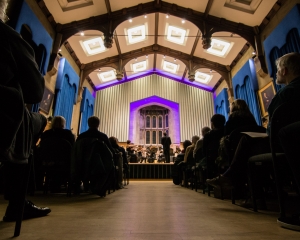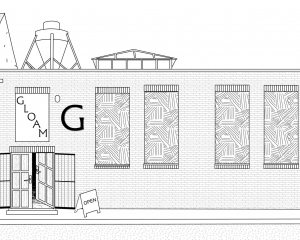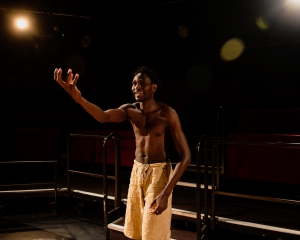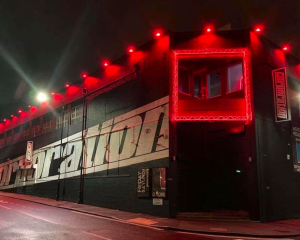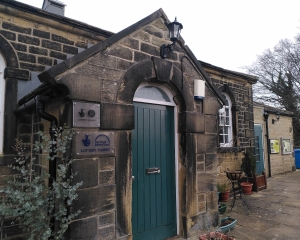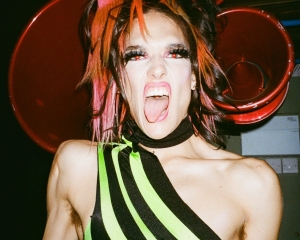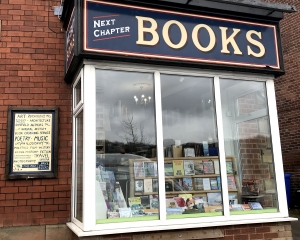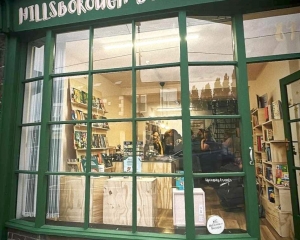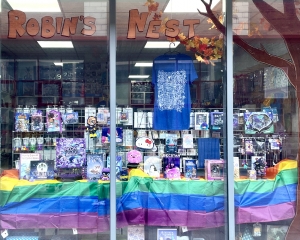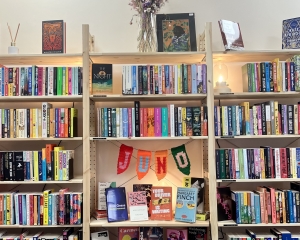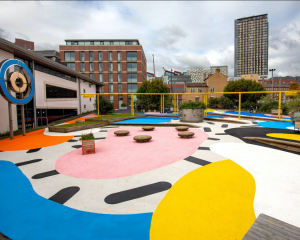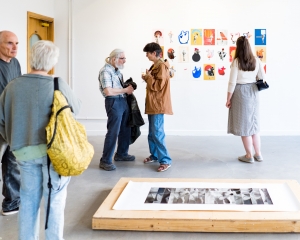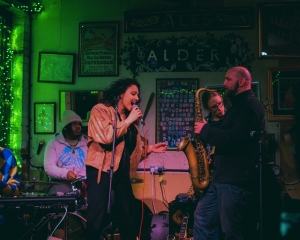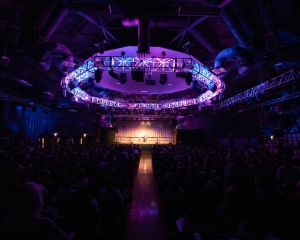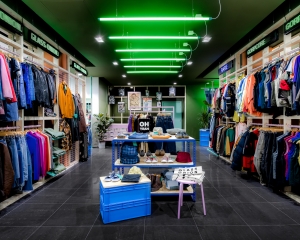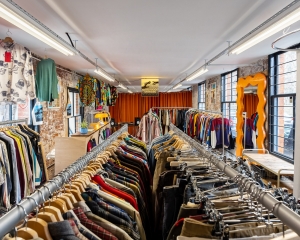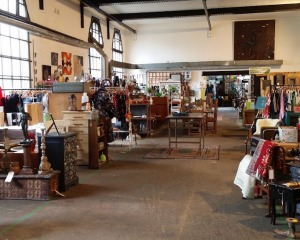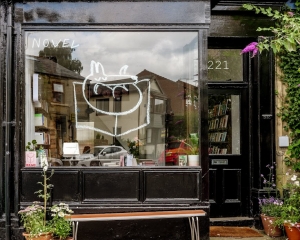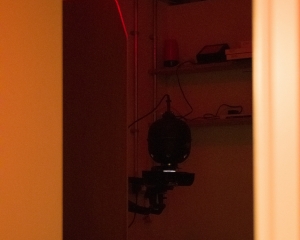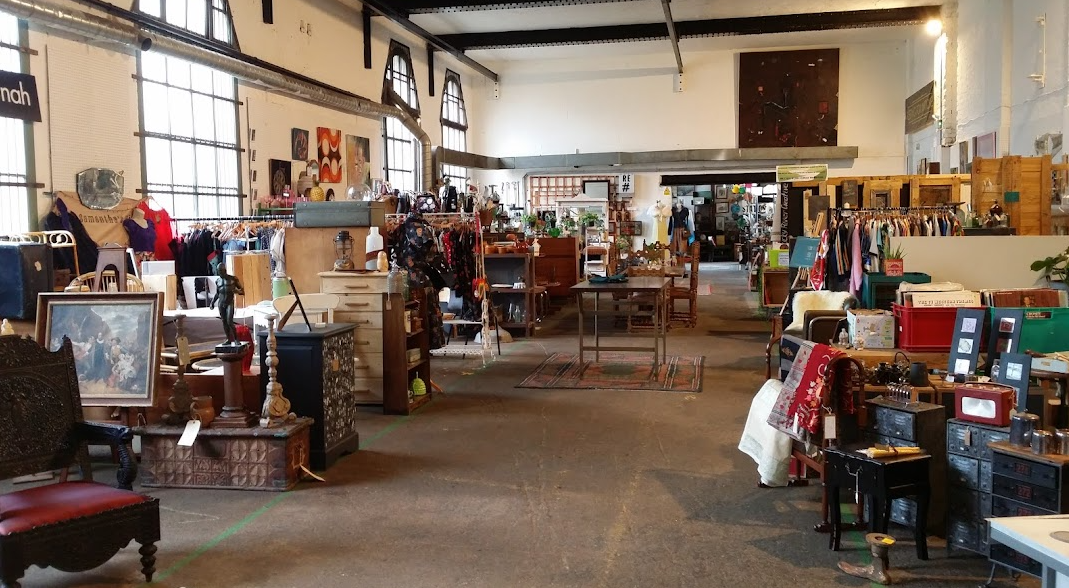To the untrained eye, Jojo’s General Store is a musty Victorian store with rails upon rails of jackets, stacks of shoes, sunglasses, hats and other odds and ends. There’s an old-fashioned cash register, a selection of boxing gloves hanging from the stairs and an assortment of military paraphernalia. But it only takes a few minutes chatting to proprietor Jojo Elgarice to realise that his shop on Ecclesall Road is actually a treasure trove of the finest vintage sportswear and workwear, curated carefully for a loyal list of customers who reach as far as Japan.
Opened in 2016 as the flagship shop for Jojo’s Rag Parade brand, Jojo’s General Store is a hotspot for collectors of iconic menswear with unique vintage finds from brands like Barbour, Belstaff, Grenfell, Stone Island and CP Company. There are new pieces too from Sanders shoes and Club Stubborn Clothing. During my visit a regular customer pops in to discuss everything from his favourite Berghaus jacket to the ills of social media and a Stone Island hoodie he has spent years searching for (Jojo promises to source one). This is typical conversation for Jojo, who has built his business on a blend of expert fashion knowledge and expert chat.
Here Jojo speaks to Our Favourite Places about how he became a recognised menswear specialist.
Let’s start at the beginning – why open a shop selling vintage workwear and sportswear?
I was sick of going into shops where it was full of the same stuff – like a rack of checked shirts or denim jackets. I don’t necessarily think there is anything wrong with that that style of shopping, but I wanted to set up something that was a bit more unique and based on the individual piece. So I started selling off my old skateboard t-shirts and music t-shirts and old bits and bobs in Syd & Mallory’s in the Forum. And then when Syd & Mallory’s moved to Devonshire Street, they said I could have the room upstairs.
Why did you decide to make the leap and open your own shop?
Syd & Mallory’s was getting knocked down to be developed, so I had to find another shop. I had seen this shop and I’d always loved the old curved glass windows on the shopfront. When I got it, I didn’t tell anyone. I worked through the dead of the night and on the Friday the sign writer came and, on the Saturday, I just put it on Instagram. The window display was done, everything looked perfect and polished, and I ripped the paper down at 10 in the morning and said “shop is open from 10am, party from 6pm”. Everyone was like: “what the hell!?” People turned up at six and I think they were a bit shocked because it was a shop full of gear. It was a massive risk because although Ecclesall Road is busy it is not necessarily commercially good for retail. But we have always been a destination type shop anyway, because we are specialists. It has now finally paid off.
Can you tell me about the interior design of the shop?
When we got the shop it was all brand new, so we made it looked knackered. We had to make the floor look old and the walls look old, and then the beams were all boxed in perfectly, so I got the sledgehammer and smashed the RSJs out. I wanted it to look like it has been here 100 years – because this building was built in 1899 – and one rusty old shopkeeper keeps putting out one new piece every month. I think we have achieved that. I didn’t want people to be scared to come in because – it doesn’t look like it – but we do sell some quite expensive gear. We are not that kind of shop where people feel like they don’t deserve to be in here. We sell stuff that is like two quid and a fiver as well, because we want to make it for everyone.
How did you develop an audience for such a specialist range of clothes?
I had an audience from Syd & Mallory’s and through people that knew me, but I also started selling to Japan quite early on. I’d sell a lot of British workwear, British military and sportswear to Japan. Without that I would have struggled because they buy 30 or 40 items rather than one or two. The gear got better, and my knowledge got better so I knew what I was buying more. Through things like Instagram you meet people, which has been great. Because of my Japanese clients I got chance to go and do a pop-up shop in a big department store in Ginza. It was like Harrods but probably 30 times bigger and we nearly sold out, which was unreal.
How would you explain your style?
We try and educate people because the shop can be quite daunting. Rag Parade is all about heritage; everything in here is authentic. When I am sourcing, I ask things like, "will this item stand the test of time in 20 years? Is it good fabric? Where is it made? What is the fabric like? Will it wash well?" Everything has been tested – it has all been hung up, washed and repaired. Even some of the leather jackets have been through a washing machine and rehydrated. It all has the Rag Parade seal of approval. We generally sell stuff that has been made in England, Japan or the USA and then also some European stuff. Our ethos is: would we wear it ourselves? We have been very conscious not to sell something that would make a quick buck. The gear has always come first.
Can you pick one item in the shop that encapsulates what you are about?
We always like pullover smocks. We sell lots of different models of smocks, like 1990s iconic Barbour designs and Japanese ski smocks from the 1970s. Growing up I watched films like Heroes of Telemark where they have all got these amazing jackets on. It defines menswear for me. We are well known worldwide for selling this shape of jacket. In winter they are surprisingly warm, you can wear a cashmere jumper under one and be really warm because there is nothing letting any air in the whole way up.
What do you like about being based in Sheffield?
I like not being in London just because all my competitors are in London. It is good because I think people in London are a bit tunnel vision and think that there’s nothing outside of London in the UK. There are a lot of people who collect clothing across the country. People do pigeon-hole London as being the only cultural hub in the UK but actually it is bit boring. The clothing shops there are great but they aren’t doing anything different, they are all just looking at each other and copying one another. I think Sheffield has got a good edge and I love the location of the shop because we are ten minutes from the town centre and ten minutes from the middle of nowhere – it couldn’t really be any more perfect.
- Words by
- Hannah Clugston
- Images by
- Will Roberts
- Featured in
- Our favourite vintage shops





